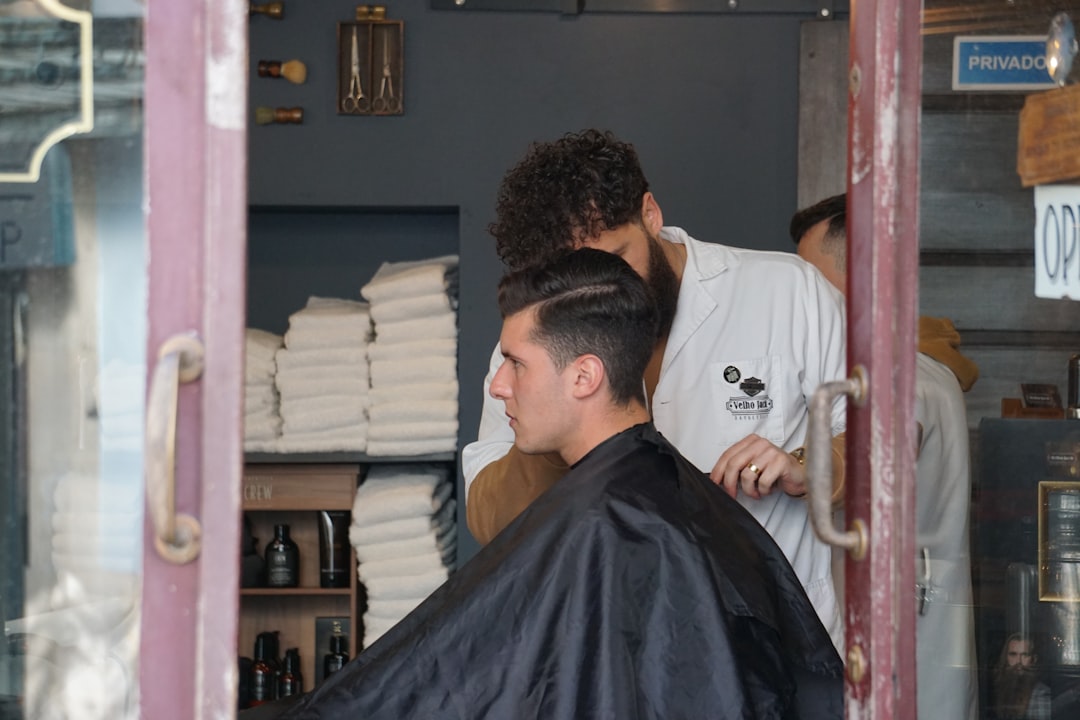Advanced Layering Systems
Engineer custom layering patterns using interior mapping, over-direction, and disconnection strategies.

Layering frameworks
- Vertical layering: Classic elevation with consistent over-direction for balanced movement.
- Round layering: Follows head shape; ideal for curls and shags.
- Square layering: Maintains corners for strength—great for modern bobs.
- Disconnected layering: Creates interior movement with longer exterior lengths.
Mapping process
- Analyze head shape and weight distribution before cutting.
- Mark panels on the head (front, crown, nape) with clips or chalk.
- Decide which panels require internal vs external removal.
Step-by-step workflow
- Create a central vertical guideline.
- Choose over-direction strategy (forward, backward, stationary).
- Cut interior layers first to establish movement.
- Blend or leave disconnections deliberately, depending on design.
- Detail perimeter last for polish.
Drill: three-layer mashup
- On a mannequin, execute square layers on one side, round layers on the other, and compare fall lines.
- Document results with photos and notes.
Tool support
- Use longer blades (6.0”+) for efficiency.
- Keep edges sharp; layering requires precision through multiple sections.
Troubleshooting
| Challenge | Solution |
|---|---|
| Flat crown | Increase elevation and add internal weight removal |
| Uneven movement | Revisit guideline placement and over-direction |
| Visible steps | Use Slide Cutting or point cutting to blend |
Next level
Integrate with Shag Revival and Texture on Curl Patterns for advanced custom cuts.

